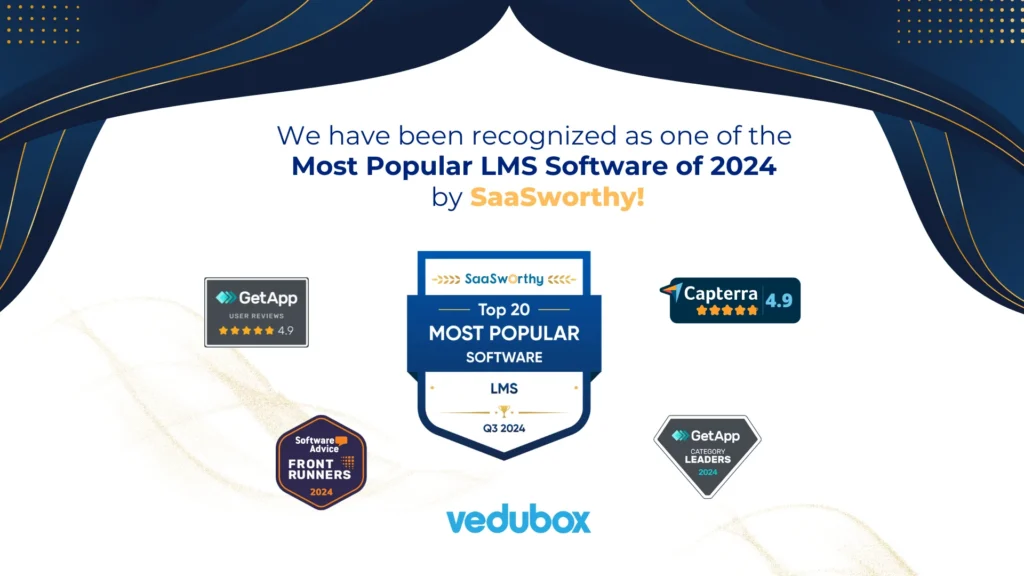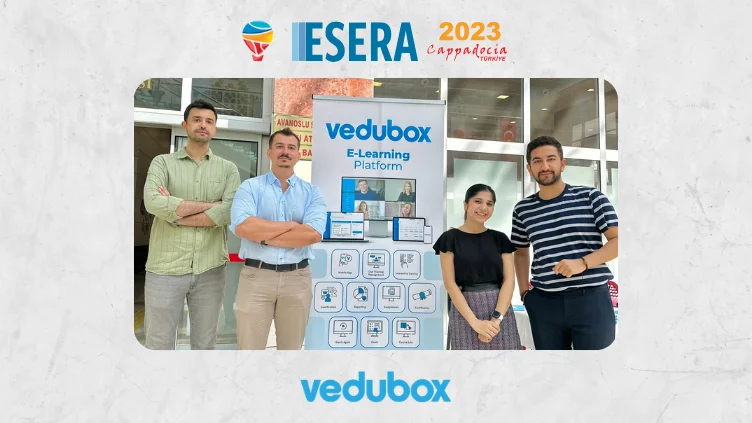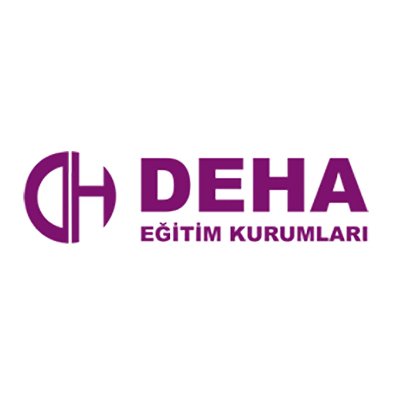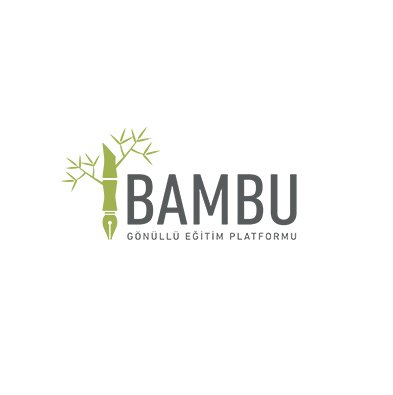Blended learning can be defined as a learning experience that is not limited by time and place, although there are many different definitions of the concept. People are curious about “What is blended learning?” You can find details about the topic in this article.
Blended Learning
It is a combination of face-to-face, traditional learning and online learning that complement each other. By offering both opportunities, it aims for the best. For example, a person can attend trainings in a physical environment and then complete multimedia courses to finish their training plan. Thus, while they need to attend a few physical classes, they will be free to proceed with their online lessons at their own pace. The blended learning system is generally also referred to as a hybrid learning system.
Some organizations may use this learning system only occasionally, while others may use it as their primary teaching method. Tools and platforms that complement this hybrid learning system include mobile devices such as tablets and smartphones.
Blended learning is an educational approach that combines online educational materials and online interaction opportunities with traditional ground-based classroom methods.
By supporting learning anytime, anywhere, it enhances the participant experience and reshapes the role of the instructor. As can be understood, a blended learning system is arguably the best way to enhance the participant experience, but its benefits go beyond this.
Blended learning offers convenience and flexibility to the participant. It allows them to control their learning pace and to plan with distance learning. Blended learning supports social learning as it allows participants to interact with instructors and others.
A critical point in this educational model is that online learning is part of participant control. Participants conduct part of their learning online via the internet. Here, the education shifts from face-to-face instruction to web-based content. The most important element is participant control. Therefore, a participant using a blended learning system needs to work in a planned manner.
Learning happens in different ways. One is a learning system that occurs entirely online. Another is education that takes place in a physical environment with instructors in the classroom. The blended teaching model offers an integrated learning experience.
In the application of the system, face-to-face and online components can be used simultaneously to learn. Or participants may learn some topics online and then come together in a face-to-face classroom for lesson repetitions.
Due to developments both in school curricula and digital technology, the blended learning system continues to gain momentum as a learning model. The hybrid education system uses online technology not only to support the learning process but also to transform and enhance it.
Blended learning is literally an interactive experience. Participants reinforce offline lessons by practicing online through various different content environments, each designed to suit a particular learning style. Participants can choose the type of content they want to interact with, apply what they learn, and communicate with instructors and other participants anytime and on any device. The community experience facilitates collaboration among participants and informs instructors about their progress and areas needing more attention.
A blended learning model helps you personalize your subject according to time assessments, learning techniques, and even personal preferences. When implementing a blended learning model, it is important to be meticulous with web-based services. Personalizing remote trainings quickly and easily, and simply using different format applications is necessary. Contact us for a seamless blended learning experience and information about Vedubox services.

















